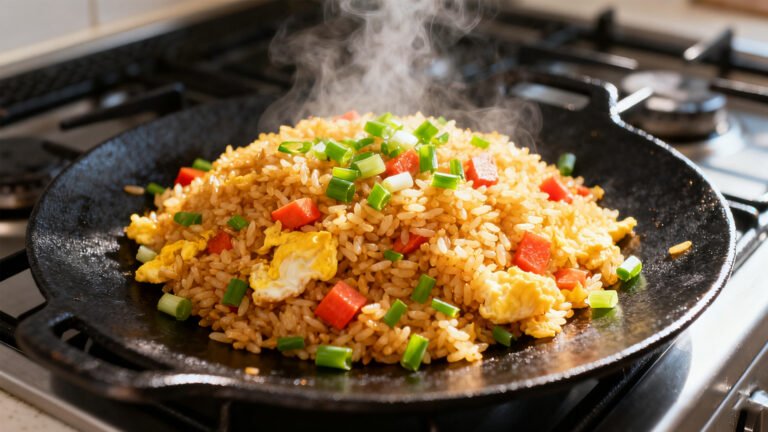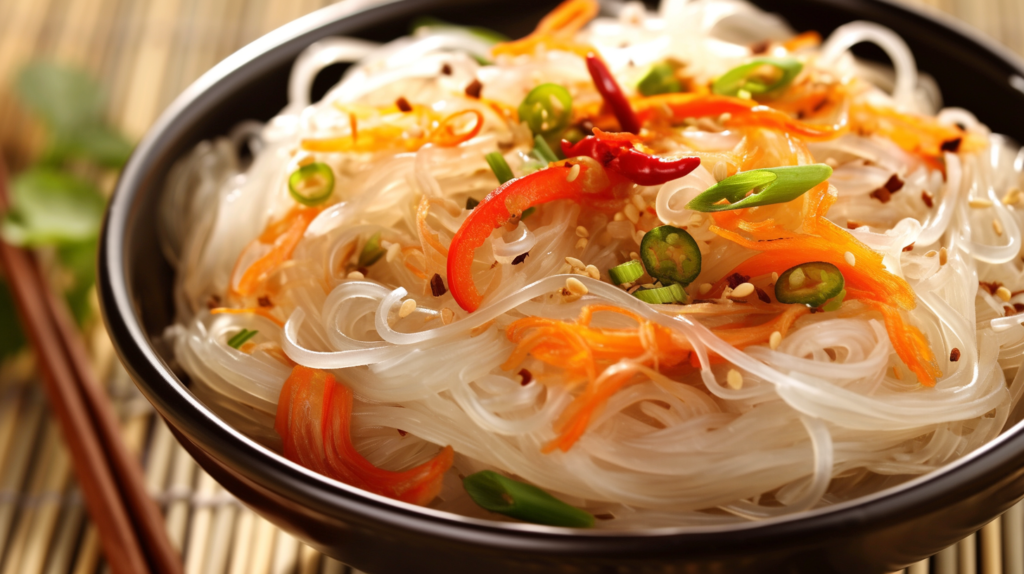
Contact Us through info@lovekonjac.com
Coming from the world of sports, cutting is a diet that allows you to target fat loss. Discover all the good reflexes to adopt and the mistakes to avoid when drawing your figure.

Cutting is a specific phase in bodybuilding aimed at losing fat while maintaining muscle mass. This process enhances muscle definition, making them more prominent. This diet, based on the principle of calorie deficit, has been adopted by various sports disciplines and individuals looking to tone their bodies. During a cut, you consume fewer calories than you burn, forcing your body to use fat reserves for energy. It is therefore important to combine these new eating habits with a complete workout.

If you want to lose fat, small details can make all the difference. Add walking to your daily routine, take the stairs or dance in front of your mirror at night to move more without even realizing it.
Muscle loss is the main pitfall to avoid during the cut. It is therefore essential to continue your training during this period. Resistance strength training sessions combined with cardio will help you create a calorie deficit. Don’t worry if the weight displayed by your scale decreases slowly because muscle is heavier than fat. On the other hand, your efforts should allow you to feel better in your clothes, to see your muscles take shape.
Cutting is a strict diet requiring a large intake of proteins that allow your body to have enough energy to function and maintain shape and vitality. In addition, consuming enough protein is also a guarantee of maintaining muscle mass more easily. If you don’t consume enough protein, you risk getting tired and then going back to your old diet much more quickly: beware of the yo-yo effect. Remember, cutting isn’t the only way to lose fat. This demanding method can be discouraging. To lose weight, always start with a rebalancing of your diet accompanied by sport. Only switch to dry when physical activity is a long-term part of your habits.
To set up an effective fat loss plan, there are certain foods to avoid or even eliminate. During your cutting regimen, stay away:
Processed Foods: High in added sugars, trans (or hydrogenated) fats but also salt.
Fast Food: Burgers, kebabs, and burritos are high in empty calories and saturated fats.
Sugary Drinks: Excess carbohydrates are converted to fat.
Pastries and Confectionery: Contain a lot of refined sugars and fats.
Alcohol: High in calories and promotes fat storage.
Fried Foods: High in unhealthy fats.
Refined Cereals: Offer a lot of empty calories.
Foods High in Saturated Fats: Such as red meat and cheese.

A cutting diet includes a lot of protein, vegetables and starchy foods with a low glycemic index. To lose fat while maintaining your weight training, add the following foods to your menu:
White skinless meat such as chicken or turkey to fill up on protein while limiting fat intake.
Fatty fish (salmon, mackerel or tuna) to add omega-3 to your diet, fatty acids that promote a feeling of satiety but also fat loss.
Egg whites that are rich in quality protein but low in fat and calories.
Green leafy vegetables to provide fibre to enhance the feeling of satiety while facilitating digestion. They are also very low in calories.
Legumes and whole grains for an easily assimilated supply of vegetable proteins, fiber and complex carbohydrates.
Oats to have energy while avoiding blood sugar spikes.
Low-fat dairy products such as yoghurt or cottage cheese. They will provide you with proteins but also probiotics essential to the health of the gut microbiota.
Nuts and seeds combining protein and healthy fats for your snacks.
Fruits with a low glycemic index (apples, berries, pears) to eat before or after training.
Shirataki noodles and rice, made from konjac, are excellent for a cutting diet. Low in calories and high in glucomannan, konjac provides soluble fiber that acts as an appetite suppressant. It also promotes digestive health by supporting regular bowel movements. Incorporating konjac products into your meals helps stabilize blood sugar levels, preventing fatigue and cravings. Low in carbohydrates and fats, konjac products like spaghetti, fettuccine, lasagna, rice, knot, and penne are perfect for a cutting diet.
